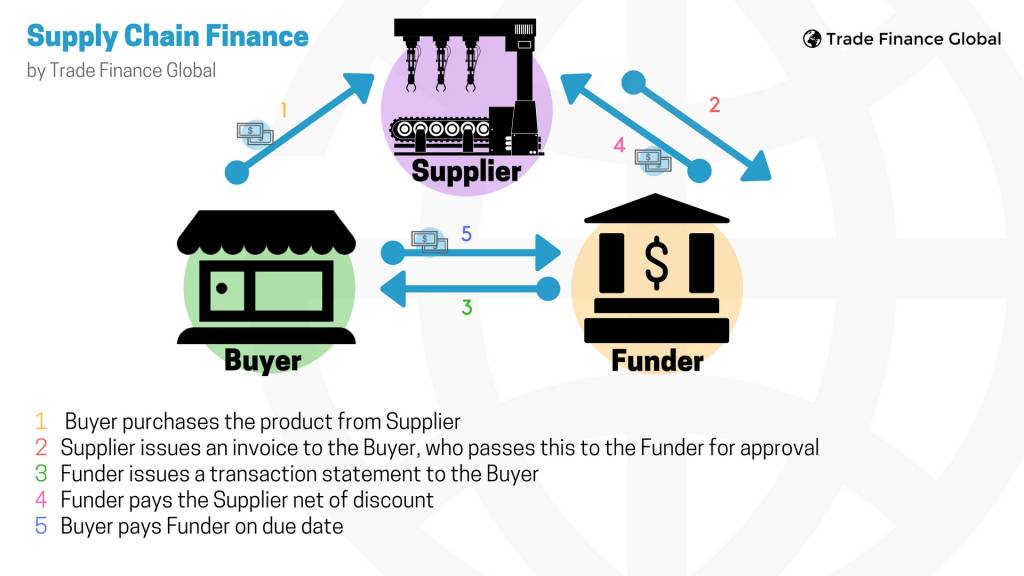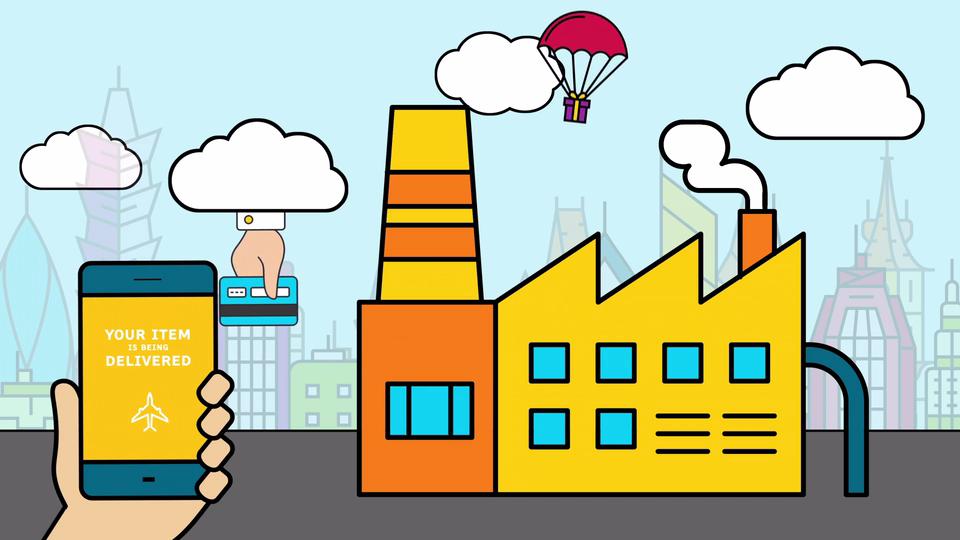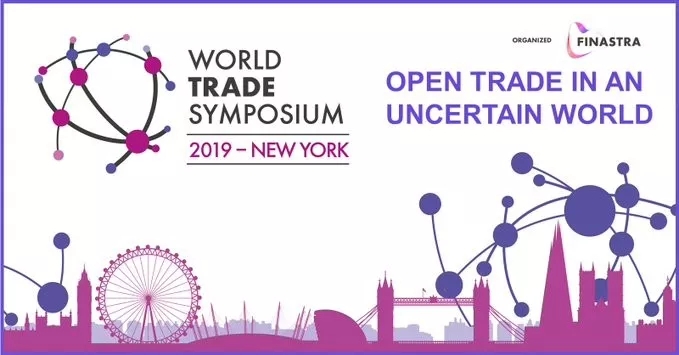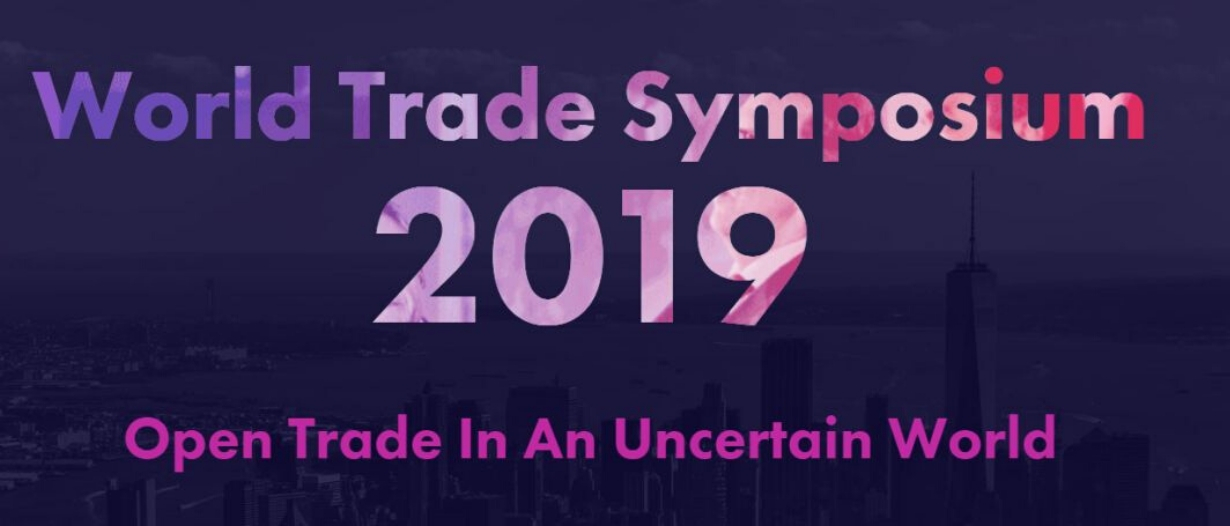According to the World Economic Forum, globalisation in the form of international trading can be traced back as far as the 1st century BC, when Chinese merchants took silk products to markets in the Roman Empire.
In the 21st century AD, the concept of globalisation has many different meanings. To some, it is a threat to sustainability and local wages. To others, it has created an economy that raises people out of poverty, while driving demand for otherwise hard-to-source products.
Whatever your view, globalisation is a force that will never be completely reversed, despite protectionist policies undertaken by individual countries or trading blocs. Tensions and tariffs continue to escalate and the World Trade Organization (WTO) estimates that $339.5bn in trade is now at risk from import restrictions, which is the second-highest level ever recorded.
Open, global trade needs to continue for the good of everyone. We must be persistent in our reinforcement of the pro-trade narrative; uniting to protect and promote open trade as the unequivocal foundation for global prosperity and economic inclusion.
As Ulrik Vestergaard Knudsen, Deputy Secretary-General of the OECD said at the recent World Trade Symposium in New York:
“Now is exactly the wrong time for a crisis of global cooperation. We are facing colossal challenges in terms of climate change, trade friction, digital attacks, terrorism and migration. There is one thing that these five challenges have in common: it is that no country—no US, no China, no EU—can face these challenges alone.”
Ulrik Vestergaard Knudsen, Deputy Secretary-General, OECD
Complex supply chains

At the recent World Trade Symposium in New York, we heard that while global supply chains are some of the largest and most complex ecosystems in today’s business world, they are also hugely inefficient. According to Kate Suominen, Founder and CEO of Nextrade Group, moving a container from one country to another involves multiple “manual, paper-based processes among the different players—freight forwarders, exporters, shippers, shipping lines, warehouses, ports, customs, terminal operators, and so forth.” Sometimes ~200 paper documents must be signed, stamped and moved among around 40 parties, using couriers, fax or, in some cases, email. An equal number of payment flows can often be required, with many physically settled in cash.
So, what we urgently need to address are the points of friction that exist in international trade, including manual processes. Lack of transparency in trade finance, payments and customs must be addressed to make the playing field level, and accessible, for all.
This is especially true for SMEs and micro-businesses, who don’t have the resources to devote to navigating their way through the international trade maze. The least developed countries represent less than 1% of world exports, so we must find solutions that unlock the latent value within SMEs to stimulate competition and economic growth and reduce the disparity of wealth in a sustainable way.
Right now, the WTO estimates that the SME funding gap currently stands at $1.5 trillion, holding back innovation and financial independence on a global scale.
Simplify, standardise, streamline

As the business-to-consumer online retail and cross-border payments sectors have shown, technology can simplify, standardise and streamline international processes – and could do the same for global trade.
Open finance technologies, including open systems, open software, open APIs, open standards and open partner networks, have the potential to transform supply chains and encourage the formulation of more relevant and inclusive trade models, in support of ethical trade.
E-commerce has enabled greater participation of SMEs, or ‘micro-multinationals’, in global value chains. However, with global supply chains penetrating further into less-developed markets like Vietnam and Indonesia, the World Economic Forum predicts that the global SME trade finance gap will jump from $1.5 trillion today to $2.5 trillion by 2025.
Building blocks
However, most governments around the world do not yet have the basic policy building blocks in place for digital regulations, data privacy, trade in transfer rules or even electronic signatures. While technology providers can build the software needed, other participants such as development banks will need to play an important role in supporting legal and regulatory capacity development, particularly in less-developed countries.
To trade goods, services and data more efficiently across borders, platforms and organisations, a much broader range of stakeholders must be engaged to agree on common standards that will allow global trade systems to operate with one another more sustainably.
For example, an important element for securing legal enforceability of smart contracts is the ability to digitally verify and authenticate the identity of all relevant parties in the trade ecosystem. An initiative like the Global Legal Entity Identifier (LEI) project would bring scale and transparency to global value chains. Once standards are in place, we can collaborate on how best to implement them.
As the old saying goes, the surprising thing about standards is that there are so many of them.
To really move global trade to the next sustainable, transparent, fair, free and efficient stage that younger generations rightly expect to see, we need to find effective ways to replace age-old ways of doing business with a modern standards framework and modern technology.
The World Trade Symposium took place in New York on November 6 – 7 2019.






























